- Home
- Video Courses
- Certifications
- AI-900: Microsoft Azure AI Fundamentals Dumps


AI-900: Microsoft Azure AI Fundamentals Certification Video Training Course
AI-900: Microsoft Azure AI Fundamentals Certification Video Training Course includes 85 Lectures which proven in-depth knowledge on all key concepts of the exam. Pass your exam easily and learn everything you need with our AI-900: Microsoft Azure AI Fundamentals Certification Training Video Course.
Curriculum for Microsoft Azure AI AI-900 Certification Video Training Course






AI-900: Microsoft Azure AI Fundamentals Certification Video Training Course Info:
The Complete Course from ExamCollection industry leading experts to help you prepare and provides the full 360 solution for self prep including AI-900: Microsoft Azure AI Fundamentals Certification Video Training Course, Practice Test Questions and Answers, Study Guide & Exam Dumps.
AI-900: Azure AI Fundamentals – One-Day Exam Prep Guide
Course Overview
The AI-900 Azure AI Fundamentals course is designed to provide a clear introduction to artificial intelligence concepts and the way they are applied using Microsoft Azure. This is not a highly technical course. Instead, it focuses on building foundational knowledge so that learners can understand the principles of AI, machine learning, and the services offered by Azure to support these technologies.
This course has been created to serve both technical and non-technical learners. If you are interested in artificial intelligence but do not come from a programming or data science background, this course is accessible and straightforward. At the same time, if you already work in a technical role, this training gives you a structured foundation in Azure AI services that you can apply in professional contexts.
The exam that corresponds to this course, AI-900, tests fundamental knowledge. It is not about coding or creating complex models from scratch. Instead, it assesses whether you can identify different AI workloads, describe responsible AI principles, and match services to real business scenarios.
The purpose of this training course is to prepare you to succeed in the AI-900 exam in a structured way. It will break down each knowledge area into digestible modules, ensuring that you understand the theory while also recognizing the services and use cases where the theory applies.
This overview sets the stage for the modules that follow. Each module will walk through specific areas of the AI-900 syllabus, building your knowledge in a progressive way. The course aims to balance clarity and depth, so by the time you complete it, you will feel confident in both the concepts of AI and the specific Azure services that power them.
Understanding the Importance of AI Fundamentals
Artificial intelligence is no longer limited to research labs or specialized organizations. Businesses of all sizes are now adopting AI-driven tools to improve efficiency, enhance customer service, and unlock new capabilities. The AI-900 course places emphasis on understanding what AI is, why it matters, and how it can be responsibly applied using Azure’s cloud services.
By grounding yourself in these fundamentals, you gain a perspective that is valuable across industries. AI is transforming healthcare, finance, manufacturing, retail, and education. A course like this ensures that you are prepared to engage in conversations and projects where AI plays a role, even if you are not the engineer building the models.
Goals of the Course
The primary goal of this course is to give you clarity on AI workloads and Azure AI services. By the end, you should be able to describe core AI concepts, identify the right Azure service for a given scenario, and explain responsible AI principles.
Another goal is to prepare you for professional opportunities. Whether you want to pursue a career in data, cloud, or business strategy, being able to understand AI fundamentals is becoming essential. The AI-900 certification is globally recognized, and completing this course strengthens your profile with proof of your knowledge.
The course also aims to encourage curiosity. While the exam is a milestone, the true purpose is to spark your interest in artificial intelligence and help you see its potential. For many learners, AI-900 is the first step before advancing into deeper certifications or hands-on AI projects.
How the Course is Structured
This course has been divided into four main parts to provide balance and flow. Each part focuses on a different dimension of the AI-900 syllabus and expands it into practical, easy-to-understand lessons.
Part one introduces the course overview and modules, ensuring you have a clear roadmap.
Part two discusses the requirements for the course, including prerequisites, exam details, and preparation strategies.
Part three dives into the full course description and outlines who the course is best suited for.
Part four brings together practice insights and exam-focused training to ensure you are fully ready for certification.
By progressing through these parts, you will develop a structured understanding that goes beyond memorization and becomes true knowledge.
The Role of Azure in AI
Microsoft Azure is one of the leading cloud platforms worldwide. It provides tools, services, and infrastructure to support artificial intelligence solutions at scale. In the AI-900 course, you will explore how Azure supports AI workloads such as computer vision, natural language processing, speech services, and decision-making systems.
Learning about Azure AI services gives you a real-world framework. When you read about image recognition or language translation, you will also discover the actual Azure service that can perform these tasks. This connection between theory and application makes the course highly practical.
Azure emphasizes responsible AI practices, and this course also integrates those principles. The services are designed to respect privacy, promote fairness, and reduce bias. Understanding how Azure approaches these concerns is an essential part of preparing for the AI-900 exam.
Why the AI-900 Certification Matters
The AI-900 certification provides recognition of your ability to understand AI concepts and services. It is valuable because it requires no prior technical expertise, making it accessible to professionals in all roles. At the same time, it adds credibility to your resume and demonstrates that you have formal training in one of the most important technologies of our time.
Employers recognize that AI will play a central role in the future of work. Having this certification shows that you are not only aware of AI but also able to apply the knowledge in business or technical contexts. It opens doors to further certifications such as Azure Data Scientist Associate or Azure AI Engineer Associate if you wish to advance.
Modules in This Course
The AI-900 course is organized into modules that reflect the exam’s content. Each module has a clear purpose and connects to real examples, so the learning experience is not abstract but rooted in practical applications.
The first module introduces AI workloads and principles. It explains what artificial intelligence is, how machine learning and deep learning relate, and what kinds of problems AI can solve. This sets the stage for the rest of the course.
The second module focuses on Azure Machine Learning. You will learn what the service is, how it simplifies model creation, and how it supports the full machine learning lifecycle. Even if you are not coding, you will understand the concepts of training, evaluating, and deploying models.
The third module examines Azure Cognitive Services. This is one of the most important parts of the exam, as you must be able to identify which service is used for which scenario. You will study Vision services, Speech services, Language services, and Decision services.
The fourth module highlights Responsible AI. This is where you learn about fairness, inclusiveness, reliability, transparency, and accountability. These principles are tested in the exam and are equally critical in real-world practice.
Module One Overview
Module one is about AI workloads and considerations. It introduces the definitions of AI, machine learning, and deep learning. You will explore the difference between supervised and unsupervised learning, and you will see how models are trained using data.
The goal of this module is to ensure you are comfortable with the language of artificial intelligence. By the end, you should be able to identify a scenario and say whether it involves classification, regression, or clustering. You should also recognize the common challenges of AI, such as bias in data and the importance of high-quality datasets.
Module Two Overview
Module two introduces Azure Machine Learning. This is a service that helps organizations build, train, and deploy machine learning models without needing to manage infrastructure. You will learn about the studio interface, automated machine learning, and the drag-and-drop designer.
You will also understand the workflow of machine learning in Azure. This includes preparing data, choosing an algorithm, training the model, evaluating its accuracy, and then deploying it as a service that others can use. Even without coding, this gives you insight into how machine learning projects move from concept to implementation.
Module Three Overview
Module three focuses on Azure Cognitive Services. These are prebuilt AI services that make it easy to add intelligence to applications. Instead of building a model from scratch, you can use an API call to perform tasks like recognizing objects in an image or translating speech in real time.
This module breaks down the categories of services. Vision services handle images and video, speech services handle spoken language, language services process written text, and decision services help make recommendations or detect anomalies. Each service is studied with examples so that you can confidently answer exam questions about which service fits a particular scenario.
Module Four Overview
Module four explains Responsible AI. While the technical services are powerful, they must be applied ethically. You will learn why fairness matters, how inclusiveness improves solutions, and why accountability is essential in AI development.
The exam often includes questions about responsible AI principles, so understanding them is critical. This module ensures you know the definitions and can explain why each principle matters in practice. Microsoft places strong emphasis on responsible AI, and this aligns with the expectations of the exam.
Building Confidence Through Modules
The modules are not just a checklist. They are designed to build your confidence step by step. By starting with fundamentals, moving into Azure services, and concluding with responsibility, the course creates a full picture of AI on Azure.
The progression also mirrors how AI is applied in real-world organizations. You begin by understanding the concept, then choose the right tools, and finally apply them responsibly. This makes your knowledge both exam-ready and practical.
Preparing for the Modules
Each module requires focus, but the content has been structured to make it easy to follow. You will move through short sections that explain concepts clearly and give examples. By keeping paragraphs short and focused, the course avoids overwhelming detail and instead creates a steady learning pace.
When you approach the modules, treat them as building blocks. Do not rush to memorize everything at once. Instead, focus on understanding the logic of each concept. By the time you reach the exam, you will find that many answers feel intuitive because you understand the reasoning behind them.
Requirements of the Course
The AI-900 Azure AI Fundamentals course has been designed to be accessible to a wide range of learners. Unlike advanced certifications that demand deep technical expertise, the AI-900 certification only asks for a basic understanding of digital concepts. Still, there are certain requirements that will help learners make the most of the course. These requirements are not just technical but also practical, focusing on mindset, study approach, and familiarity with basic tools.
By understanding the requirements, you can prepare yourself properly before starting the course. Meeting these requirements will make the learning process smoother and allow you to absorb the knowledge with confidence.
General Entry Requirements
The AI-900 exam does not require any prior certifications. You can register for the exam without holding another Microsoft certification. This makes it an excellent entry point into the Microsoft certification pathway.
However, learners are expected to have some basic knowledge of computing concepts. You should be familiar with what the cloud is, what data is, and how digital applications generally work. This does not mean you need to know programming or advanced networking, but you should understand the role of technology in solving problems.
Importance of a Learning Mindset
One of the most important requirements for this course is the right mindset. Artificial intelligence can appear intimidating, especially if you are new to the field. A learning mindset helps you approach the concepts with curiosity rather than fear.
You should be open to exploring new terms, new services, and new ideas. Some of the concepts may sound complex at first, but with patience, they become clear. Treating the course as a journey rather than a test makes the process enjoyable and sustainable.
Language Requirements
The course materials and the AI-900 exam are available in several languages. However, most learners prefer to study in English since the majority of Microsoft documentation is written in English. A good command of reading comprehension is helpful because you will be expected to interpret scenarios and match them with the correct Azure service.
If English is not your first language, do not worry. The questions are not designed to be linguistically complex. Instead, they focus on concepts. Reading practice and familiarity with AI terminology will prepare you well.
Technical Requirements
The AI-900 course does not require you to know coding. You do not need to write Python scripts or build neural networks from scratch. Instead, the focus is on recognizing services and describing how they work.
That said, you will need a computer with internet access. Since Azure is a cloud platform, demonstrations and exercises take place online. A stable internet connection ensures you can follow along with the examples.
It is also recommended to have a Microsoft Azure free account. Microsoft provides a free trial account that includes credits for exploring services. This is not strictly required, but it is highly valuable for practicing what you learn. Being able to try the services yourself gives you practical context for the exam.
Familiarity with Cloud Computing
While the course does not demand technical expertise, a basic understanding of cloud computing is beneficial. Knowing that Azure is a cloud platform and recognizing its role as an infrastructure provider will help you place AI services in the bigger picture.
If you have studied other Microsoft fundamentals courses, such as AZ-900 Azure Fundamentals, you will already have this background. But even if you have not, a short introduction to cloud computing concepts will be enough.
Familiarity with Data Concepts
AI is built on data. Even if you do not manipulate data directly, you should understand what structured and unstructured data are. Structured data refers to numbers and values stored in databases. Unstructured data includes images, text, and video.
The AI-900 exam may ask questions that involve understanding which kind of data is used for which workload. For example, computer vision relies on unstructured image data, while regression relies on structured numerical data. Having this basic awareness will help you answer confidently.
Time Requirements
Preparing for AI-900 does not require months of study. Many learners complete preparation in a week or two if they study consistently. However, the requirement is commitment to focused study. You should allocate enough hours to review the course modules and practice questions.
If you are aiming to complete the training in one day, as this course suggests, then you will need to dedicate your full attention to studying throughout the day. Short breaks are recommended, but consistent focus is the key requirement.
Practice Requirements
Another requirement for success is practice. Reading about AI services is not enough. You need to apply the knowledge in practice tests and, if possible, in hands-on labs.
Microsoft Learn offers interactive modules where you can try AI services directly. These labs are free and require only a browser and an Azure free account. Engaging in practice ensures that the knowledge sticks and prepares you for real exam questions.
Responsible AI Awareness
One requirement that is unique to the AI-900 course is awareness of responsible AI. Many learners expect only technical topics, but the exam places significant emphasis on ethical considerations.
You should be prepared to study fairness, inclusiveness, transparency, accountability, reliability, and security. These are not optional topics. They are central to Microsoft’s approach to AI and a recurring theme in the exam.
Exam Requirements
The AI-900 exam itself has certain requirements. You must register with Microsoft or through an authorized testing partner. You will need an active account with Microsoft to schedule the exam.
The exam can be taken online or in a testing center. If you take it online, you will need a quiet space, a working webcam, and stable internet. The proctor will monitor the exam to ensure integrity.
There are no prerequisites in terms of experience, but you should have studied the syllabus thoroughly before attempting the test.
Financial Requirements
The cost of the AI-900 exam varies by country. On average, it is around sixty to ninety US dollars. This fee must be paid before scheduling the exam. Microsoft sometimes provides discounts for students or through training partners.
If you are preparing independently, you should budget for the exam fee. If your employer sponsors certifications, you may be able to take it at no cost to yourself.
Software Requirements
For studying, you will rely mainly on Microsoft Learn, which is web-based and free. Optional software includes Azure Machine Learning Studio, which you can access through your Azure free account. No installation is required since most tools run in the browser.
If you want to take additional practice exams from third-party providers, you may need PDF readers or online testing platforms. But these are not strictly required.
Psychological Requirements
Certifications often create stress. A requirement that should not be overlooked is psychological readiness. You should prepare yourself to remain calm, patient, and confident during the exam.
The questions are designed to test understanding, not to trick you. If you approach the exam with confidence and composure, you will perform better. Preparing with mock tests is a way to build this confidence.
Educational Requirements
Although there are no formal educational prerequisites, a general level of high school education is expected. You should be comfortable reading technical passages, understanding examples, and analyzing scenarios.
Learners from business, management, or arts backgrounds can take this course successfully. You do not need a degree in computer science to pass AI-900.
Work Experience Requirements
Work experience in technology is not mandatory. Many learners take AI-900 as their very first certification. However, if you have worked with data, cloud, or software in any capacity, it will make some of the concepts easier to grasp.
If you are new to all of this, do not worry. The course is structured so that you can learn without prior work experience.
Requirement of Consistency
Consistency is one of the most underestimated requirements. Preparing in one long stretch and then forgetting the material is not as effective as consistent short sessions. Even though this course can be done in one day, reviewing notes later ensures long-term retention.
A consistent study habit will also help if you plan to continue to more advanced certifications.
Requirement of Curiosity
AI is a field that rewards curiosity. You should not only focus on passing the exam but also on understanding how these technologies change the world. Curiosity will make your study richer and will encourage you to try out the services for yourself.
By treating the course as more than a checklist, you fulfill this requirement naturally.
Requirement of Exam Readiness
The final requirement is being exam ready. This means you should not only know the concepts but also be able to recall them under time pressure. You should be familiar with the exam format and have practiced enough to avoid surprises.
Exam readiness comes from practice tests, review, and confidence. When you can look at a question and identify the right Azure service without hesitation, you know you are ready.
Course Description
The AI-900 Azure AI Fundamentals course is an introduction to artificial intelligence concepts and the way they are applied using Microsoft Azure. This course has been designed to be approachable for learners from all backgrounds, including those with limited or no technical experience. It explains the essential ideas behind AI, the core services offered by Azure, and the responsibilities that come with building and deploying intelligent systems.
The purpose of this course is to provide clarity. Many people hear the term AI and imagine something highly complex or futuristic. While AI can certainly involve advanced algorithms, this course focuses on the fundamentals. It ensures that learners can explain what AI is, describe machine learning basics, and recognize the practical Azure tools available for real-world scenarios.
By completing this course, learners will gain the ability to describe the purpose and features of Azure AI services. They will also understand responsible AI principles and how they guide the development of safe and fair AI solutions.
The Structure of the Course
The course has been divided into modules that cover the main areas of knowledge assessed in the AI-900 exam. Each module is written with simplicity in mind. Learners are introduced to a topic, shown how it connects to real use cases, and given examples of how Azure services provide solutions.
The course begins with a general introduction to AI workloads, then moves into Azure Machine Learning. It continues with an in-depth study of Cognitive Services, which are widely used and often tested in the exam. Finally, it concludes with Responsible AI principles that define how these technologies should be applied ethically.
This structure mirrors the actual exam outline, which means studying the course gives learners direct alignment with what will be tested. At the same time, the explanations go beyond memorization and aim to build real understanding.
Focus of the Course
The central focus of the course is clarity and accessibility. The AI-900 exam is designed for people who may not have a technical background. Therefore, the course avoids heavy programming explanations and instead uses examples, scenarios, and service descriptions.
For example, when explaining computer vision, the course does not dive into the mathematics of convolutional neural networks. Instead, it explains how Azure Computer Vision can extract text from images, detect objects, and analyze content in photos. This balance ensures that learners can connect the concept with a real-world application.
The course also focuses on helping learners understand distinctions. For example, the difference between classification and regression, or the difference between Azure Machine Learning and Azure Cognitive Services. These distinctions are frequently tested in the exam and are important for applying AI correctly.
The Role of Hands-On Learning
While the AI-900 exam does not require coding or direct implementation, hands-on learning is encouraged throughout the course. Learners are guided to try free Azure services through trial accounts or interactive labs on Microsoft Learn. These experiences help reinforce theoretical concepts.
For instance, after reading about sentiment analysis in text, learners can use the Text Analytics API to analyze a sample of customer feedback. Seeing the service work in practice makes the idea memorable and concrete.
Emphasis on Responsible AI
Another defining feature of the course is its emphasis on responsible AI. Many introductory AI courses focus only on the exciting capabilities of the technology. This course deliberately balances those capabilities with responsibility.
Learners are introduced to fairness, accountability, transparency, inclusiveness, and security. They see how each principle protects users and prevents harm. This focus reflects Microsoft’s vision and prepares learners for the significant role of ethics in AI development.
The Value of the Course
The AI-900 course is valuable not only for preparing for the certification exam but also for building a foundation in modern technology. Artificial intelligence is rapidly becoming part of every industry. Understanding how it works and how it can be applied responsibly provides learners with career resilience.
Even if learners do not pursue technical careers, this course equips them to engage in informed discussions, evaluate AI-driven products, and make strategic decisions in their organizations. The course is not just an academic exercise. It is a professional asset.
Who This Course is For
The AI-900 course is designed for a broad audience. Unlike certifications that target engineers or data scientists, this course welcomes learners from both technical and non-technical roles.
For Beginners in Technology
This course is ideal for individuals who are new to technology and want a gentle introduction to artificial intelligence. Beginners do not need to know programming or advanced mathematics. The course guides them step by step and ensures they can grasp the core ideas without feeling overwhelmed.
Many learners who are starting their careers in IT use AI-900 as their first certification. It provides confidence and opens the door to more advanced studies later.
For Business Professionals
The course is equally relevant for business professionals who may not be building AI systems but are involved in adopting them. Managers, decision-makers, and consultants can benefit from understanding how Azure AI services work and what problems they solve.
By studying this course, business professionals gain the ability to evaluate solutions, communicate effectively with technical teams, and make informed choices about AI projects.
For Students
Students in university or vocational training programs can take this course to strengthen their resumes. AI is a competitive field, and having an official certification like AI-900 sets students apart.
This course gives students an early advantage by providing them with a recognized credential and a clear understanding of how AI fits into industry applications.
For Career Changers
Many learners come to this course from completely different careers. A teacher, healthcare worker, or marketing specialist can all benefit from understanding AI. For those looking to transition into technology, this course is an accessible entry point.
Because no programming is required, career changers can focus on concepts without being discouraged by steep technical demands.
For Technical Professionals
Although the course is accessible to beginners, it is also useful for technical professionals who want to broaden their knowledge. Developers, IT administrators, and analysts can use this course to strengthen their understanding of AI and its place in Azure.
For technical learners, the course serves as a bridge. It connects their existing technical knowledge to AI-specific tools and services, allowing them to expand their skillset.
For Organizations
Organizations can use this course to upskill teams. Since AI impacts multiple departments, training everyone in fundamentals ensures that the entire organization speaks the same language when it comes to AI.
Teams in sales, customer support, product design, and management all benefit from understanding what AI can and cannot do. This shared foundation reduces confusion and promotes collaboration.
For Lifelong Learners
Some learners are motivated by curiosity rather than career goals. For them, this course provides a structured way to explore artificial intelligence. They will leave with both knowledge and certification, which validates their effort.
Accessibility of the Course
The AI-900 course has been designed to be inclusive. Since no prior experience is required, almost anyone with interest and commitment can complete it. This accessibility makes it one of the most popular Microsoft certifications worldwide.
Career Benefits
Completing this course and passing the AI-900 exam offers several career benefits. It validates knowledge in one of the most important technological fields. It signals to employers that the learner is future-ready.
It also creates a pathway to further certifications such as Azure Data Scientist Associate or Azure AI Engineer Associate. Learners who wish to specialize can use AI-900 as a stepping stone.
Industry Benefits
Industries are adopting AI rapidly. Healthcare uses it for diagnostics. Finance uses it for fraud detection. Retail uses it for recommendations. Manufacturing uses it for predictive maintenance.
Learners who complete the AI-900 course gain insight into these applications. They are better prepared to contribute to discussions in their industries and identify opportunities for AI adoption.
Personal Benefits
On a personal level, the course builds confidence. AI can seem intimidating, but once learners understand it, they realize it is approachable. This shift in perspective is empowering.
It also sparks curiosity. Many learners who start with AI-900 go on to explore coding, data science, or specialized AI topics. This course becomes the gateway to lifelong learning.
Global Relevance
Since Microsoft Azure is used worldwide, the AI-900 certification has global relevance. Learners in any country can benefit from understanding Azure AI services, as they are applied across industries and regions.
Recognition of the Certification
Employers recognize AI-900 as a valid proof of knowledge. While it is an entry-level certification, it demonstrates initiative, discipline, and awareness of emerging technologies. In many organizations, this can lead to career advancement opportunities.
The Learner’s Journey
The course represents the beginning of a learner’s journey with AI. From initial curiosity, through structured learning, to certification success, learners grow in knowledge and confidence.
Completing the course is not the end but the foundation. Learners can then choose to go deeper into AI or apply their new skills in business projects.
Why This Course is Unique
The uniqueness of the AI-900 course lies in its balance. It provides depth without complexity. It covers both technology and responsibility. It welcomes learners from all backgrounds and leaves them with a meaningful credential.
For many learners, this balance is what makes the course not only manageable but enjoyable.
Student Feedback
Similar Microsoft Video Courses
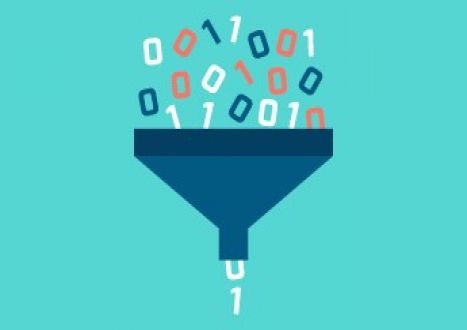





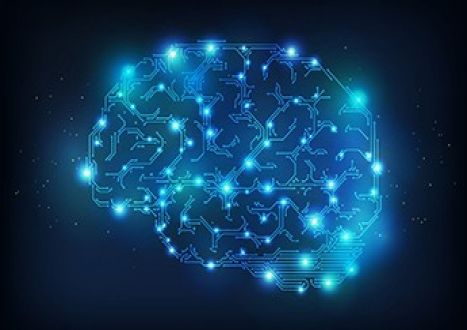



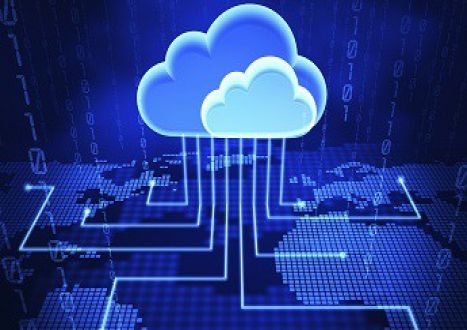









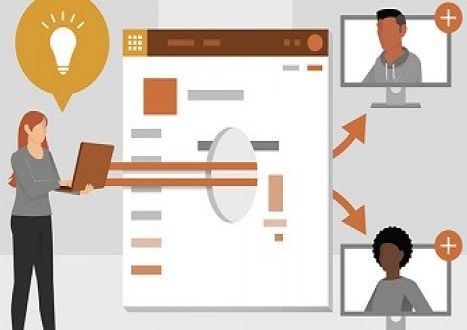


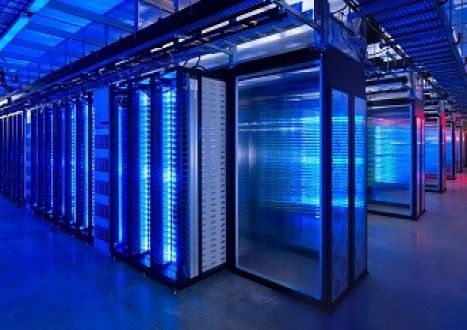



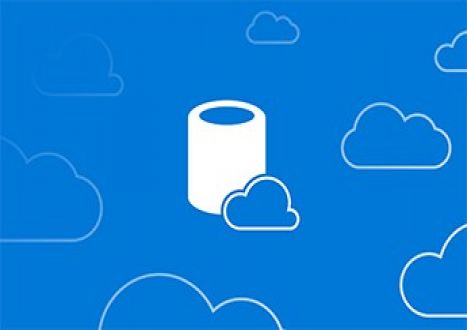


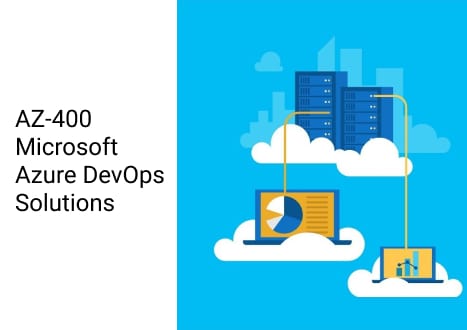







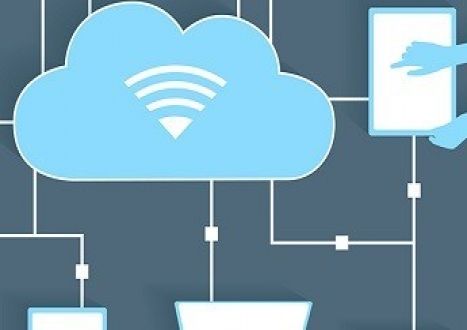

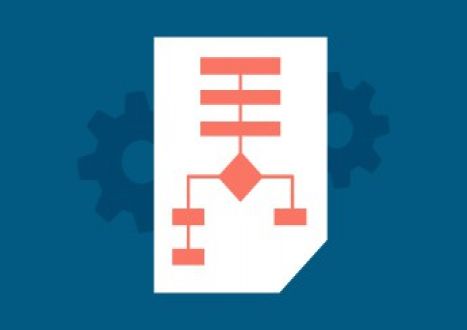





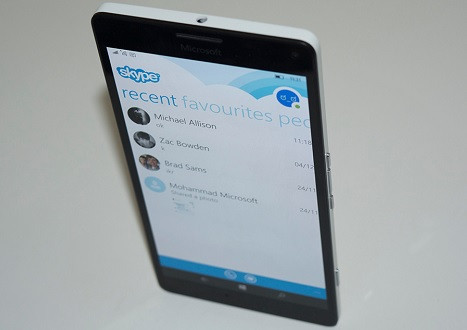












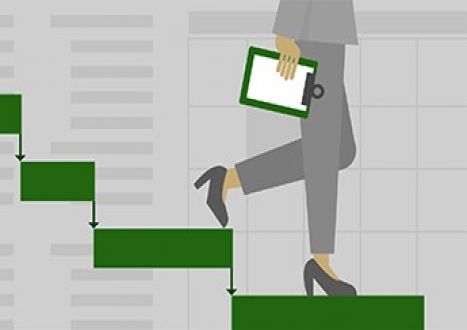







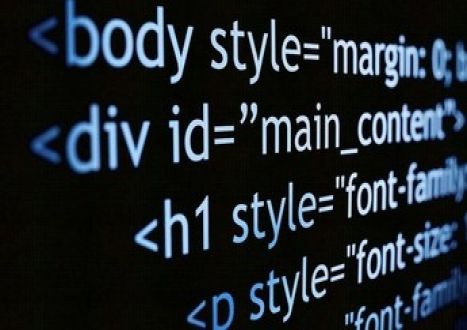



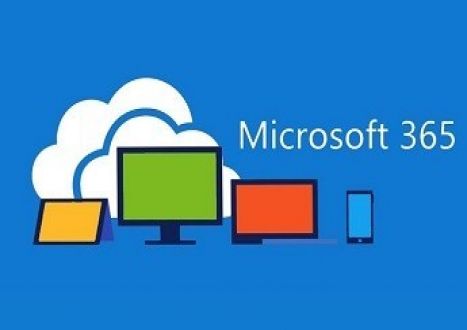

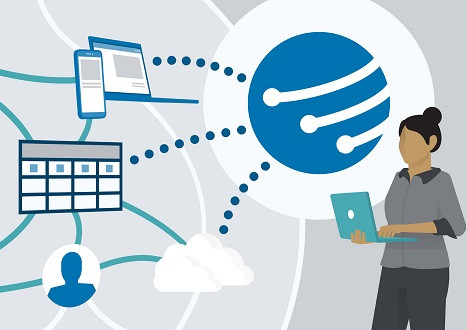
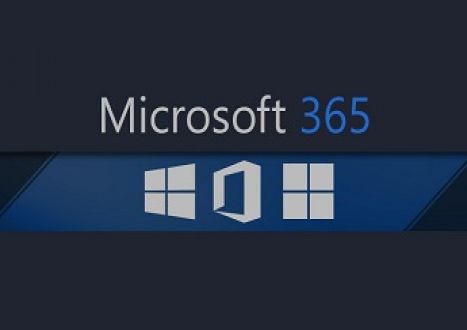



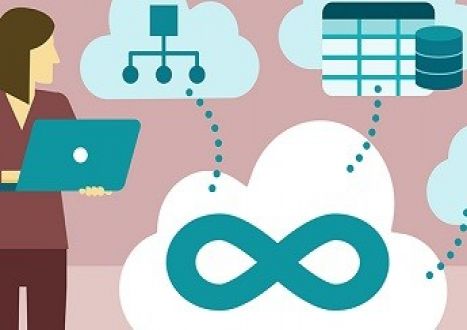
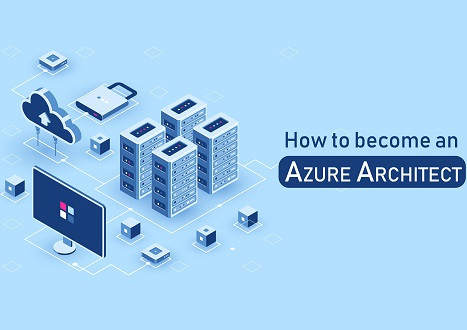



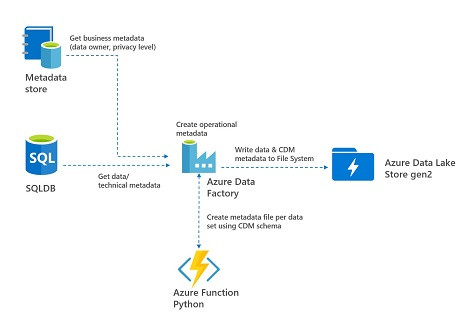

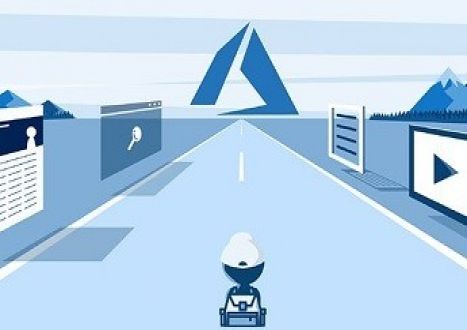


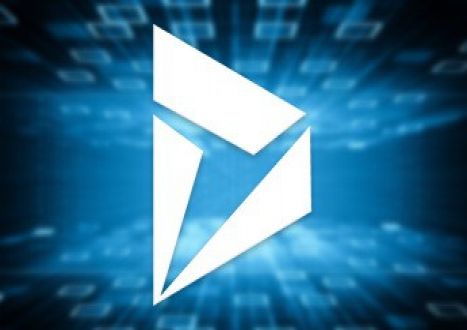




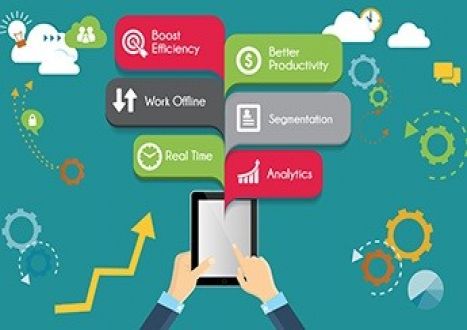

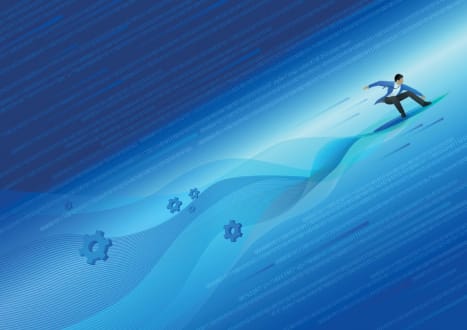


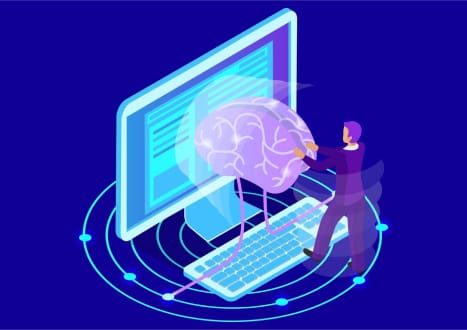

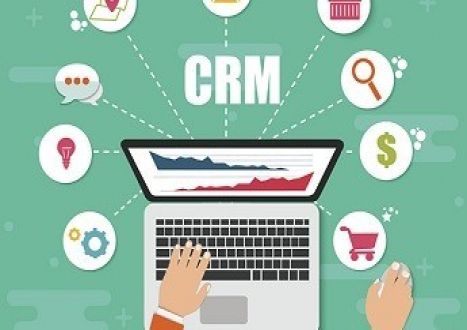
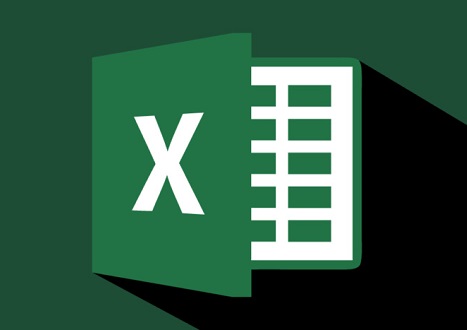






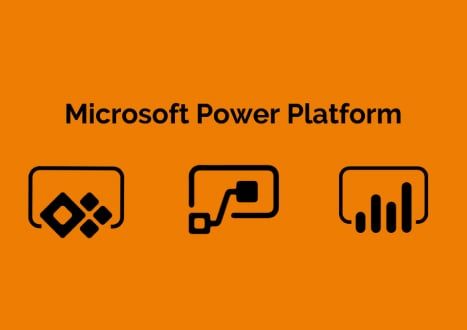

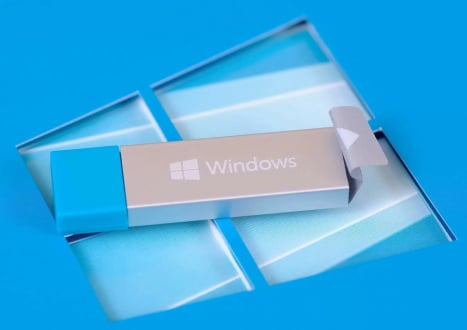





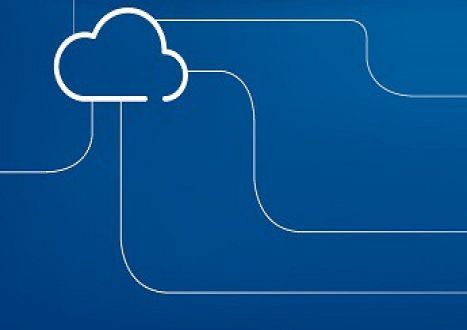

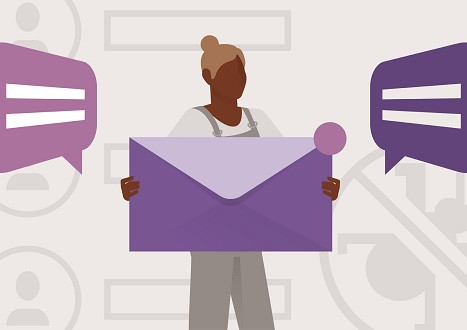
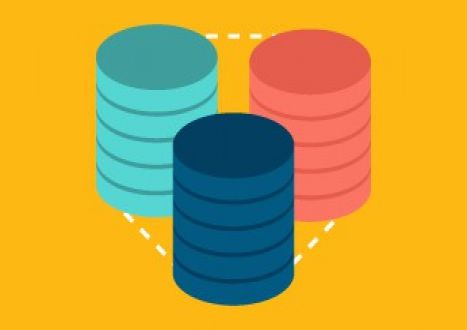
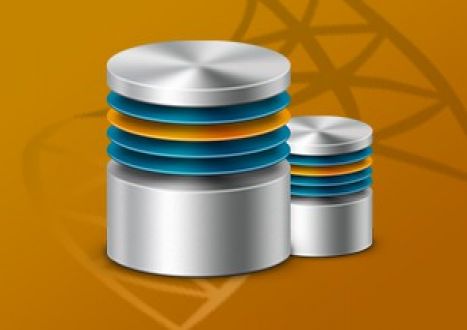





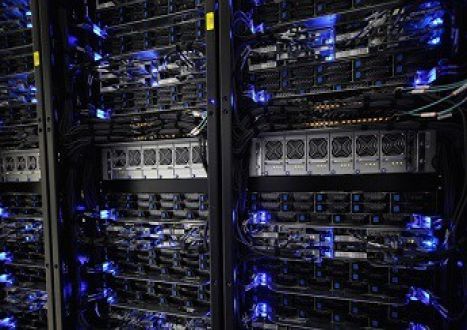












































































































Only Registered Members Can Download VCE Files or View Training Courses
Please fill out your email address below in order to Download VCE files or view Training Courses. Registration is Free and Easy - you simply need to provide an email address.
- Trusted By 1.2M IT Certification Candidates Every Month
- VCE Files Simulate Real Exam Environment
- Instant Download After Registration.
Log into your ExamCollection Account
Please Log In to download VCE file or view Training Course
Only registered Examcollection.com members can download vce files or view training courses.




